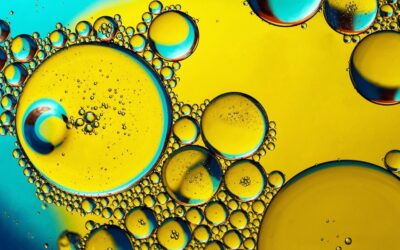Anticipating the requirements for next-generation, high-reliability electronics applications, Henkel has developed the underfill material Loctite Eccobond UF 1173. The protective underfill material, which has been formulated with health and safety top-of-mind, does not contain any reportable REACH SVHCs and is not CMR classified. According to the German chemical and consumer goods company it delivers outstanding performance under high-operating-temperature environments.
“The miniaturization trend is now firmly part of the automotive and aerospace sectors, particularly for advanced driver assistance system (ADAS) technologies such as cameras, radars, and lidars; as well as aerospace, satellite, and UAV applications,” says Henkel Global Market Segment Head for ADAS and Safety, Vinod Partha. “The use of fine-pitch array devices within these systems has increased dramatically, making interconnect protection a critical component for long-term reliability and performance. The underfill material provides this essential protection in a formulation that can withstand the high operating temperatures induced by smaller, higher functioning devices within challenging operating conditions.”
Henkel’s new underfill system improves on older-generation materials, not only with its prioritization of health and safety, but from a performance and processing perspective. It is a one-component underfill that can be jet or needle dispensed, flows fast in and around tight interspaces, and cures quickly to form void-free interconnect protection from shock, drop, and vibration. Importantly, the novel underfill exhibits a high glass-transition-temperature capability of 155°C and a low coefficient of thermal expansion to ensure robust protection performance even under stressful conditions.
“Proper function of ADAS automotive systems and aerospace technologies is not a matter of convenience; reliable operation is integral to fail-safe performance,” explains Doug Katze, Henkel Global Market Segment Manager, Aerospace. “If a solder joint cracks due to stress, failure of the component and the system’s function are the potential result. The novel underfill protects devices from stress-related failures, while complying with current health standards and offering the ability to cope with high operating temperatures. This material is a boon for system reliability when harsh environments are the norm.”














